Predictive analytics killed Subway’s $5 footlong. While the retirement of the sandwich chain’s famed economical menu item was bad news for sandwich fans, it provided a significant upside for Subway: increased profits.
Predictive analytics gave the sandwich giant an unexpected insight—the increased sales brought about by the promotion weren’t offsetting the discounted price. As a result, Subway raised its sandwich prices and leaned into deals with add-ons, which analytics predicted would improve profits.
With the rise of artificial intelligence (AI), advanced analytics technology has opened up new decision-making avenues for businesses in nearly every sector. Companies across industries can use AI predictive analytics—powered by machine learning—to unlock market and individual customer insights at unparalleled speeds with unprecedented accuracy.
What is AI predictive analytics?
AI predictive analytics leverage machine learning models to seek out patterns in current data and use those patterns to forecast future outcomes and predict trends. Predictive models are trained on historical data gleaned from data mining and various modes of data collection.
For business owners, AI predictive analytics can translate raw data into actionable insights. For example, AI predictive analytics can provide data analysis based on a customer’s buying history, predicting future purchases and providing personalized shopping suggestions.
Drive your business forward with Shopify’s analytics
Shopify’s user-friendly reports and analytics capabilities help you make better decisions, faster. Choose from pre-built dashboards and reports, or build your own to spot trends, capitalize on opportunities, and supercharge your decision-making.
Explore Shopify’s analytics
AI predictive analytics vs. predictive analytics
Traditional predictive analytics is the process of using data to forecast future outcomes and form data-driven insights. Data scientists take care of data collection, prepare it, and then use predictive techniques like decision trees (to map individual decisions) or regression models (to analyze large datasets) to detect clear patterns.
In AI-powered analytics, data scientists automate data collection, train machine learning models using the collected data, validate insights using manual or automated methods, deploy the model, and iterate over time. The primary difference between traditional and AI-powered predictive analytics is automation and intelligence. Both predict future events, but AI-powered analytics unlock insights at a much faster cadence.
While tedious for the data scientists running them, traditional predictive analytics are the cornerstone of AI-powered predictive analytics. It builds on its predecessor using machine learning models to process massive amounts of unstructured data. Backed by powerful algorithms and advanced neural networks (which can identify nonlinear relationships in large datasets), AI predictive analytics can identify trends with minimal human effort. It can also become more accurate over time and create adaptive predictions across complex data environments.
3 components of AI predictive analytics
- Data
- Algorithms
- Predictions
Here’s how data, algorithms, and predictions power predictive analysis:
Data
AI models—including those using predictive analytics—use data to make constant adjustments to become better at simulating human intelligence. For ecommerce businesses, input data might be customer data points like purchase history, demographics, and shopping experience preferences. Whatever your business, you’ll need historical data to fuel your predictive analytics tool.
Algorithms
Predictive AI models use advanced algorithms—which power technologies like deep learning and neural networks—to make sense of complex data and uncover impactful insights. When applied across disciplines like mathematics and computer science, an algorithm can be defined as a chain of steps that complete a task. They are the building blocks of computers, software, and artificial intelligence.
Predictions
Predictions are the ultimate outcome of AI algorithms. Predictive models are used to forecast future outcomes, to predict the likelihood of specific possibilities by detecting patterns. You can use actual outcome data to improve predictions over time.
4 benefits of using predictive analytics
- Increased efficiency
- Better decision making
- Improved risk management
- Enhanced customer service
In the face of dynamic market conditions and quickly evolving customer needs, predictive analytics have become foundational to business operations in multiple industries. The key benefits of predictive analytics include:
1. Increased efficiency
AI predictive analytics can increase your operational efficiency by reducing your team’s manual workload, analyzing data, and allocating resources more effectively. Famously, FedEx uses predictive analytics to map the most efficient routes for its drivers. In turn, this reduced travel costs, increased shipment volumes, and optimized its employees’ time.
2. Better decision-making
Predictive analytics help companies across all industries make informed decisions by giving you access to actionable insights that are constantly adjusting to new learnings. It can also simulate outcomes from different decisions—as Subway did when it retired its beloved-but-unprofitable $5 footlong campaign to make way for higher-yield ideas.
3. Improved risk management
In risk reduction, predictive analytics expedites fraud detection, flags suspicious activity in contexts like financial institutions, forecasts risks before they escalate, and streamlines fraud prevention. HSBC, a British bank, claims predictive analytics reduced its false positives in fraud detection by 60%, freeing up resources to focus on urgent instances of fraud.
4. Enhanced customer service
Predictive insights help you understand customer behavior and identify ways to enhance customer service. You can improve customer interactions by responding in real time and offering solutions based on the customer’s preferences and purchasing history before a question turns into a complaint.
Predictive analytics can also help forecast future behaviors and offer relevant products or services to meet the customer’s emerging wants and needs. Netflix’s AI-powered content suggestion is an example of predictive analytics improving customer service—in this case, by serving customers personalized content based on their watch history.
4 ways to use AI-powered predictive analytics
- Logistics
- Finance
- Retail
- Health care
AI predictive analytics have become relevant across many industries, including:
1. Logistics
Predictive analytics is a key facet of supply chain optimization—forecasting demands, identifying bottlenecks, and ensuring materials arrive at their destination. Predictive maintenance reduces downtime and improves operations. For example, DHL invested millions of dollars into integrating predictive analytics into its supply chain, which helps its operations adapt to real-time demands.
2. Finance
When it comes to risk management, financial institutions rely on AI predictive analytics to improve fraud detection, create financial projections, and make informed decisions ahead of market shifts. On an individual level, financial institutions use predictive analytics to assess creditworthiness.
3. Retail
Ecommerce and in-person retailers lean on predictive insights to better understand customer behavior, personalize shopping experiences, and improve inventory management. For example, Walmart uses AI predictive analytics to predict demand and maintain relevant stock. By analyzing purchasing patterns you can anticipate trends, improve sustainable practices, and hone your marketing strategies.
4. Health care
In the health care field, predictive analytics are utilized to maximize patient outcomes. Medical data analysis identifies risk factors, personalizes treatments, and predicts disease progression. For example, Mayo Clinic uses predictive analytics to analyze its electronic health record data, predicting the likelihood of chronic diseases like diabetes.
AI predictive analytics FAQ
How is AI used in predictive analytics?
AI enhances predictive analytics by automating data analysis and identifying patterns. It creates accurate forecasts that provide visibility into large datasets, improve decision-making, and reduce the need for human intervention.
Is ChatGPT generative AI or predictive AI?
ChatGPT is a generative AI model—it creates text based on learned patterns, much like language generated from the human brain. Generative AI produces new content, while predictive AI forecasts specific outcomes.
What is the main goal of AI predictive analytics?
Predictive analytics is designed to anticipate trends and future outcomes, offering insights that optimize business processes and improve efficiency.
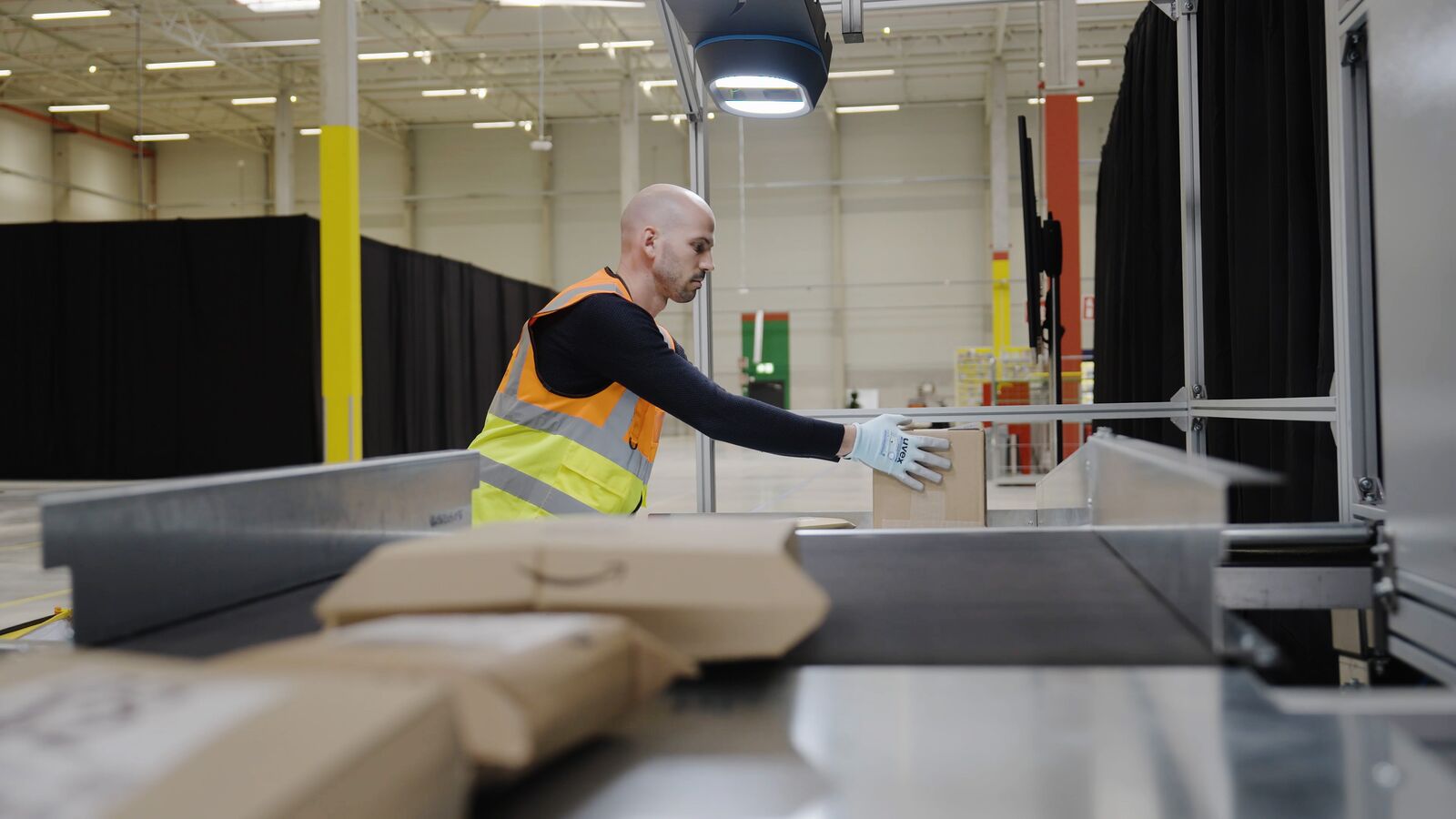
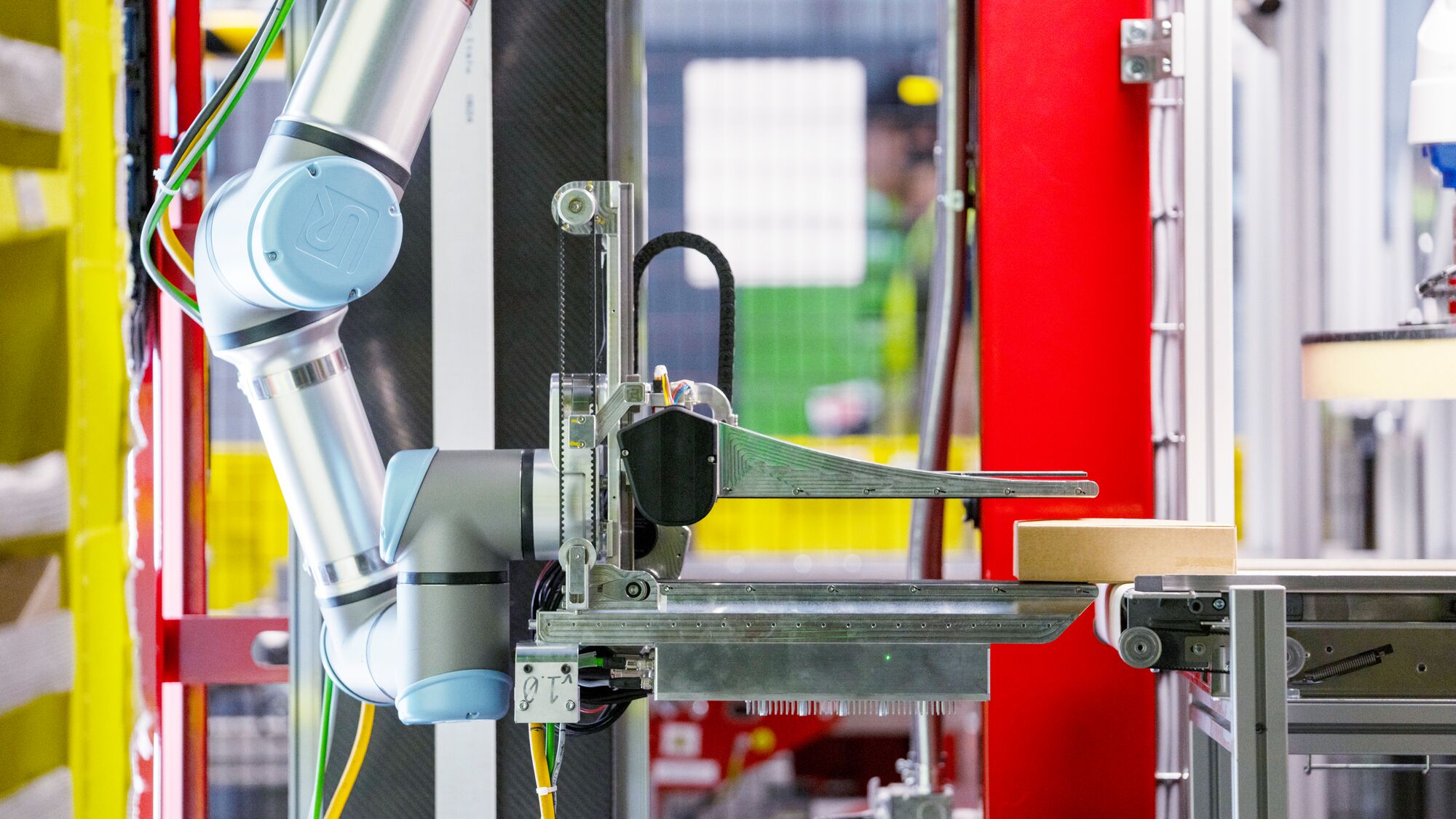
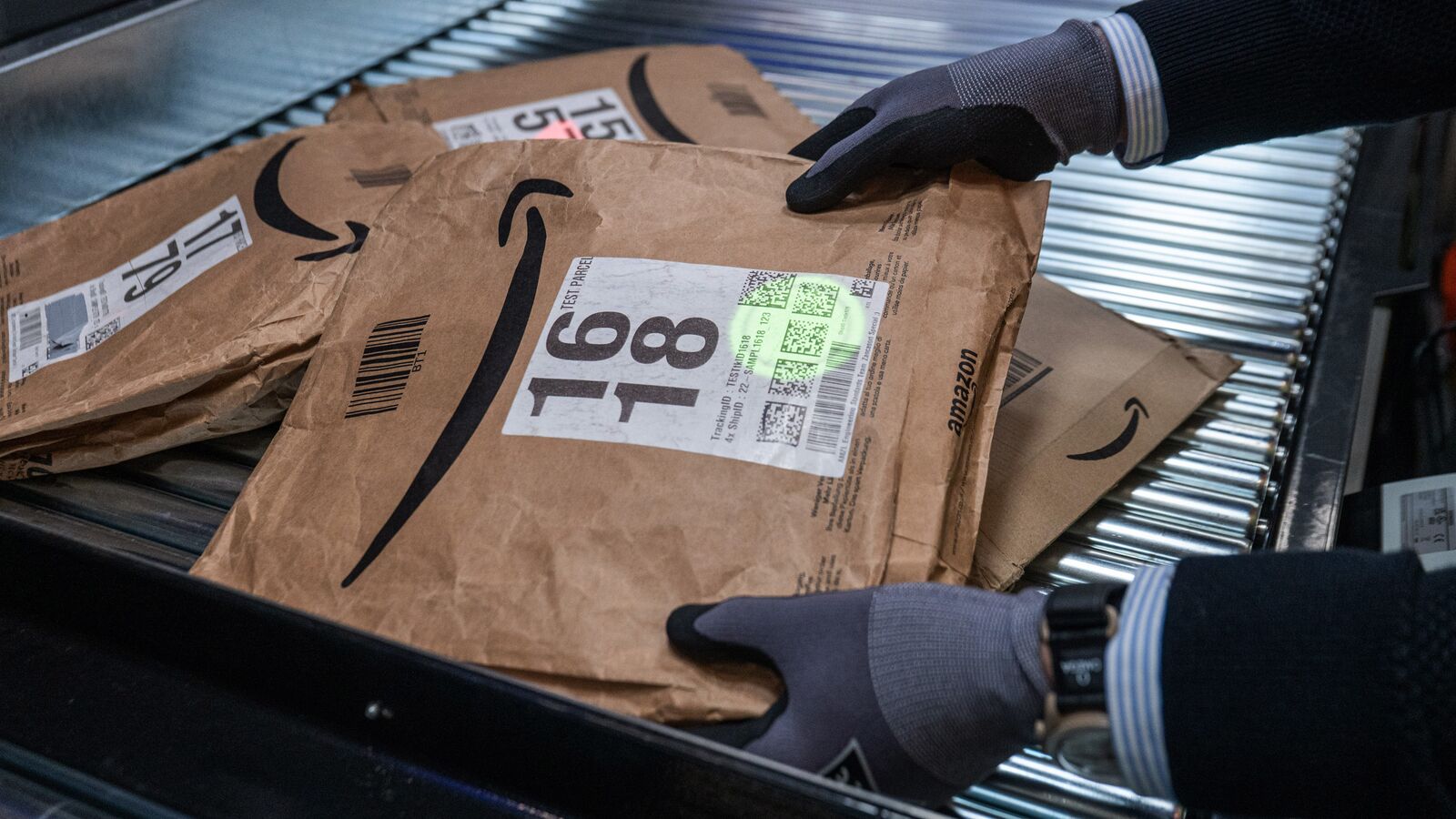
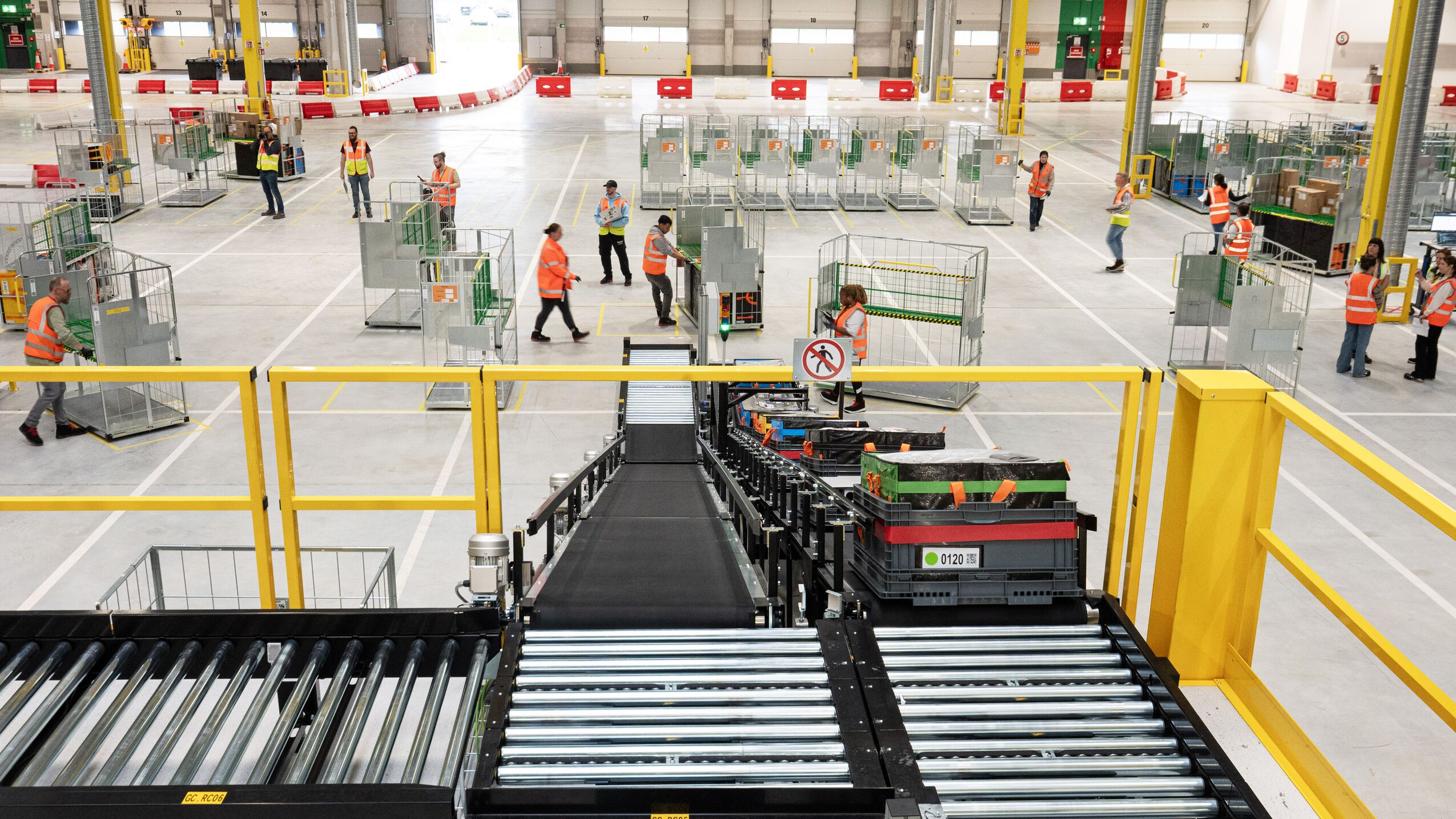
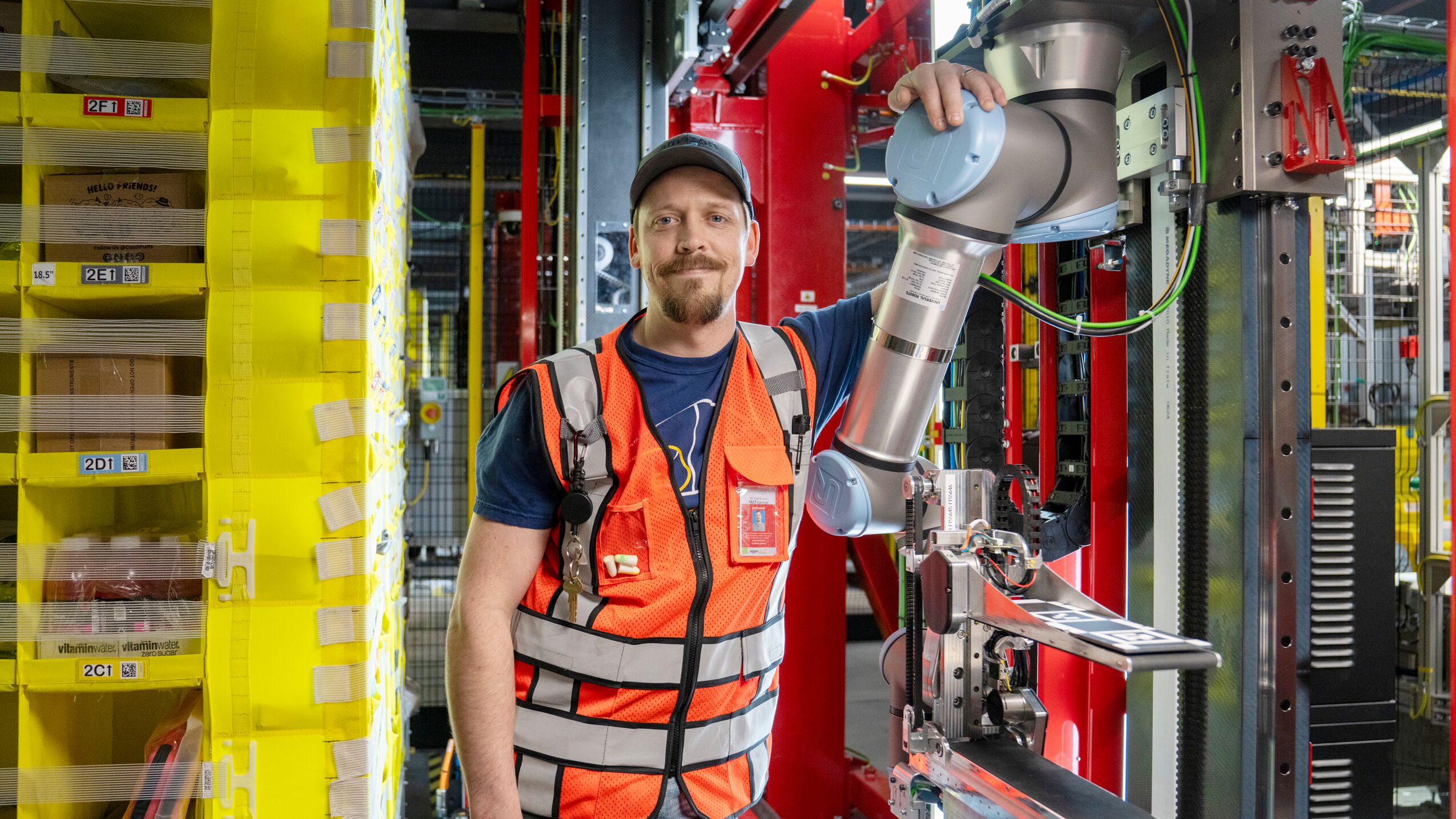 Vulcan’s ability to pick and stow items makes our associates’ jobs easier—and our operations more efficient.
Vulcan’s ability to pick and stow items makes our associates’ jobs easier—and our operations more efficient.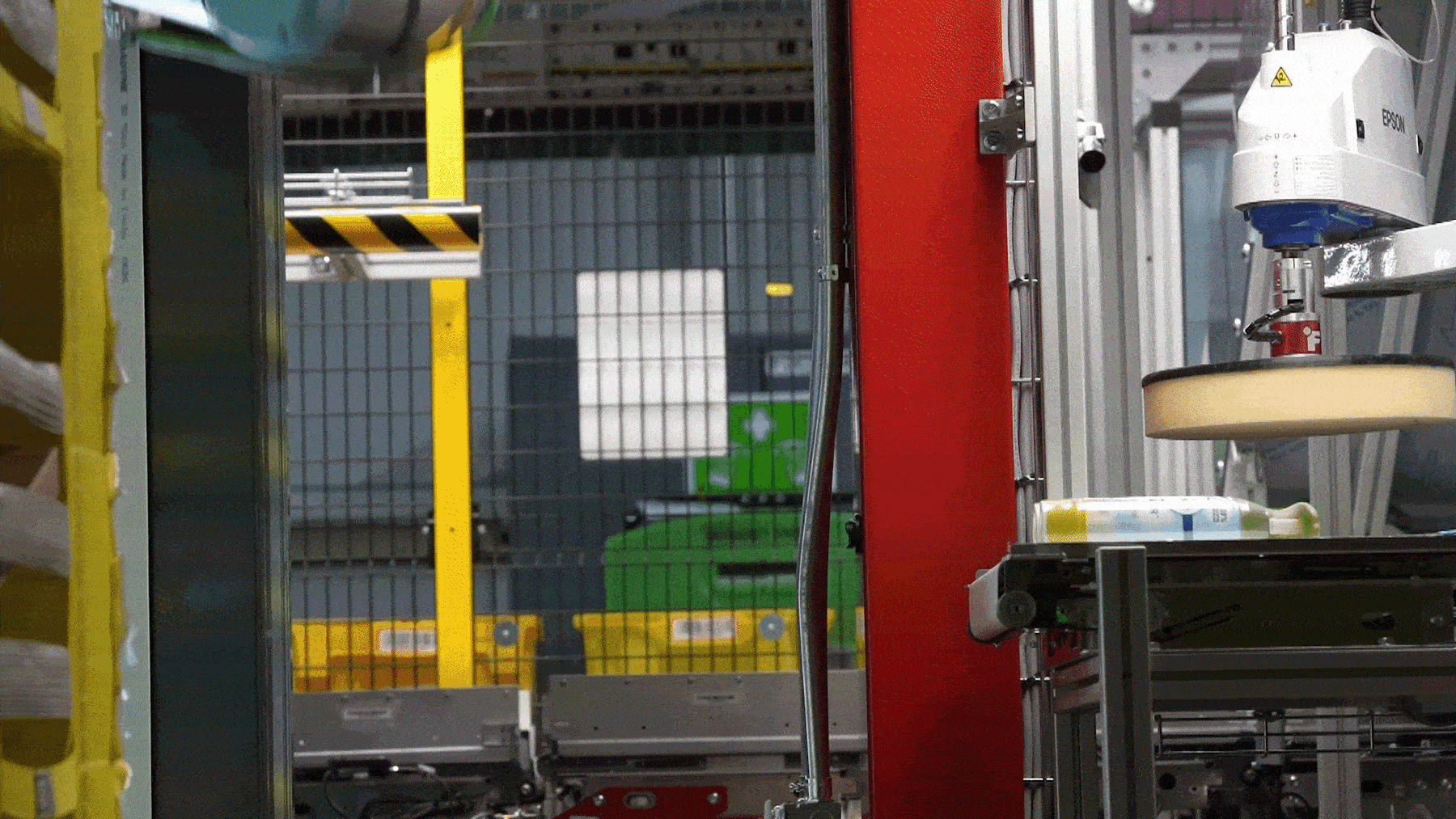
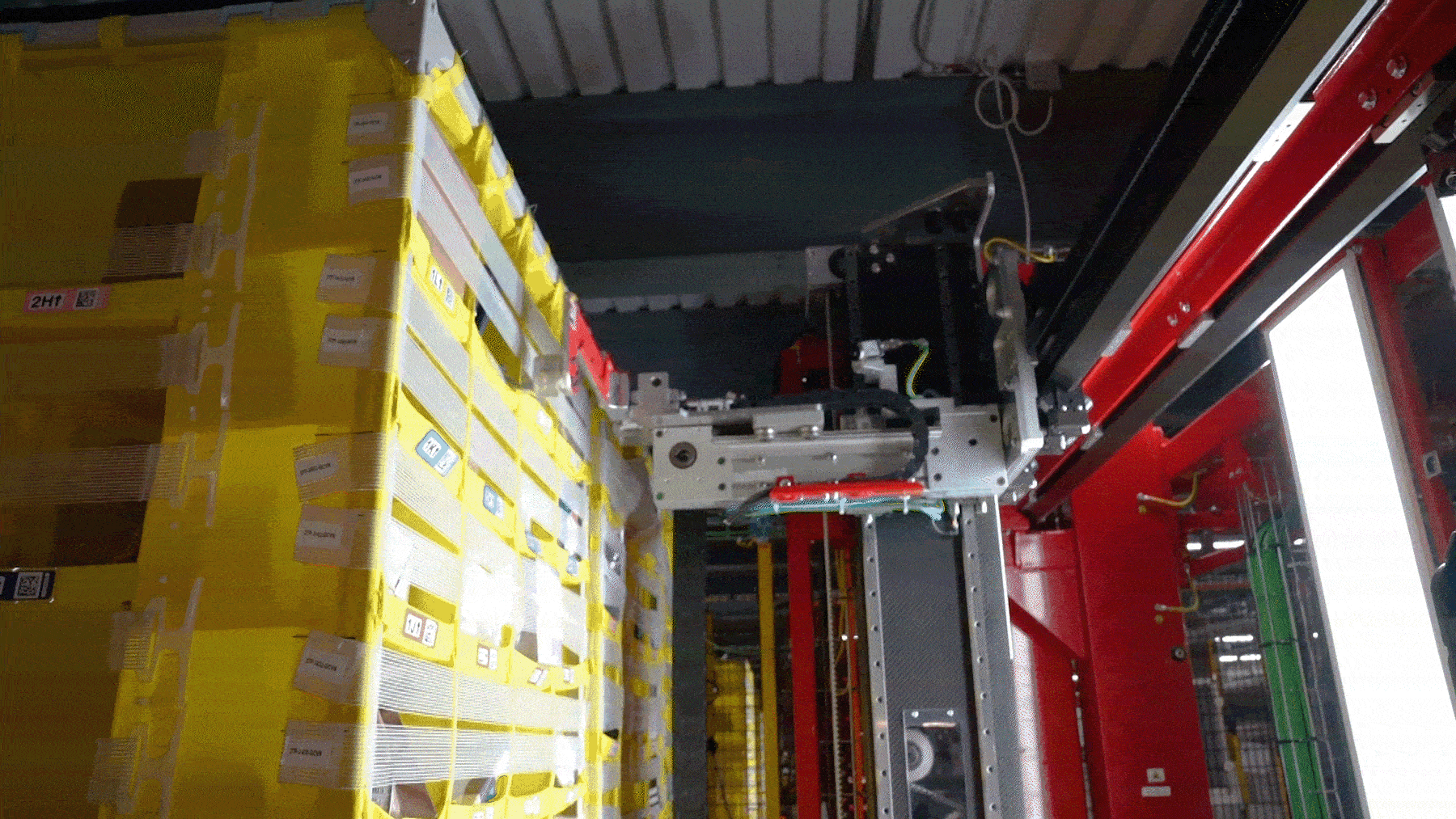
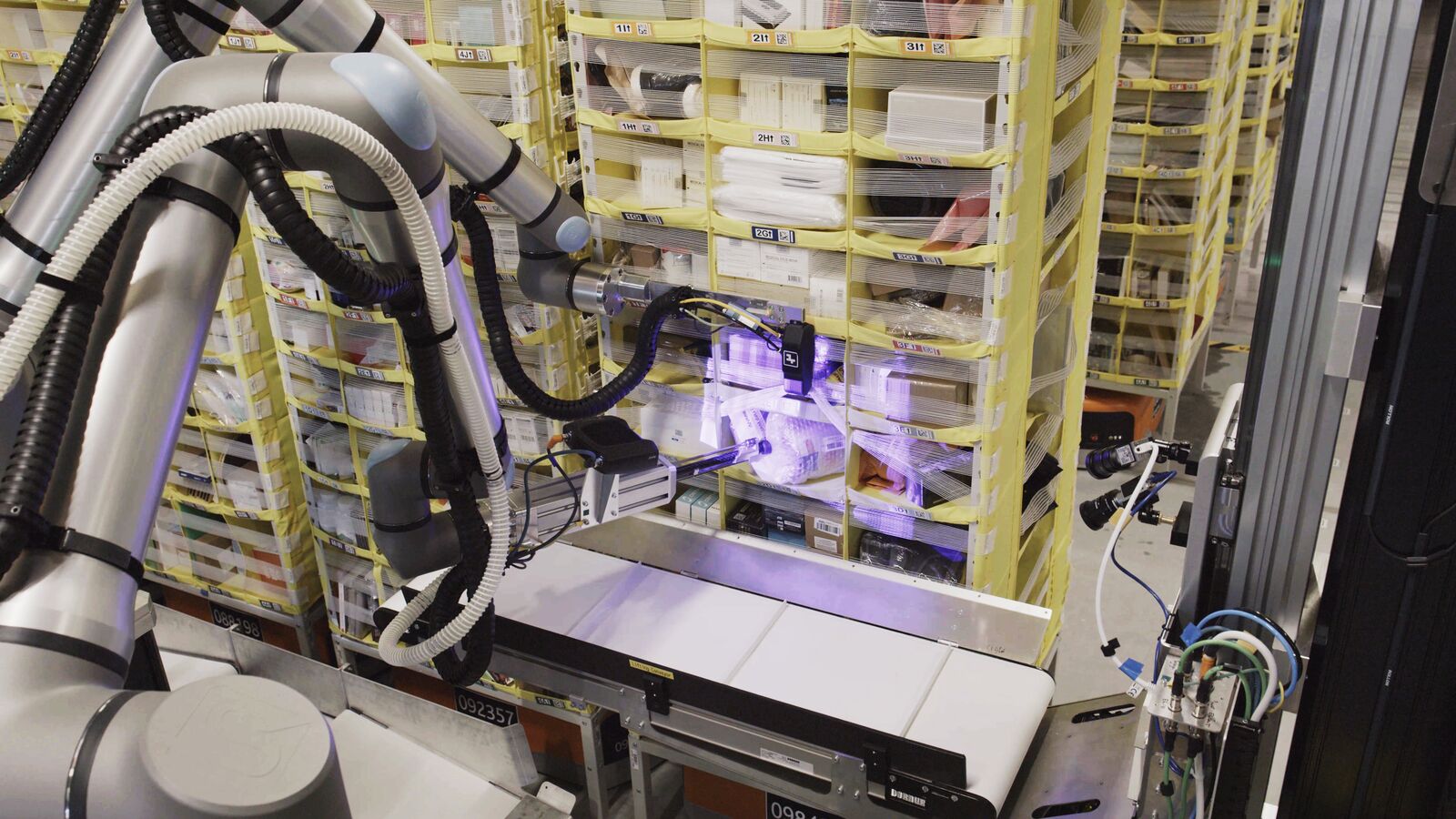 Vulcan uses an arm that carries a camera and a suction cup to pick items from our storage pods.
Vulcan uses an arm that carries a camera and a suction cup to pick items from our storage pods.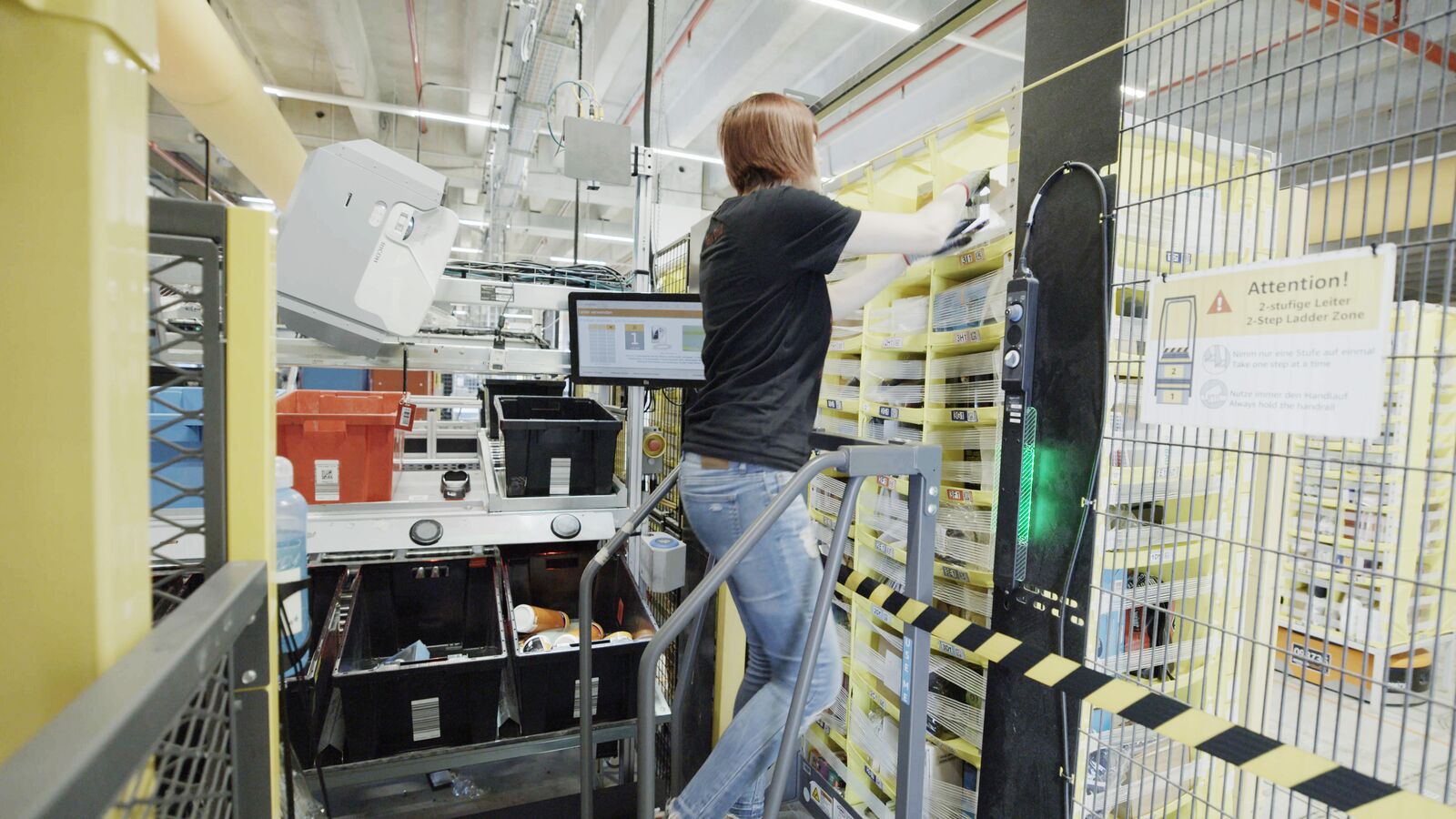 Vulcan will let our associates spend less time on step ladders and more time working in their power zone.
Vulcan will let our associates spend less time on step ladders and more time working in their power zone.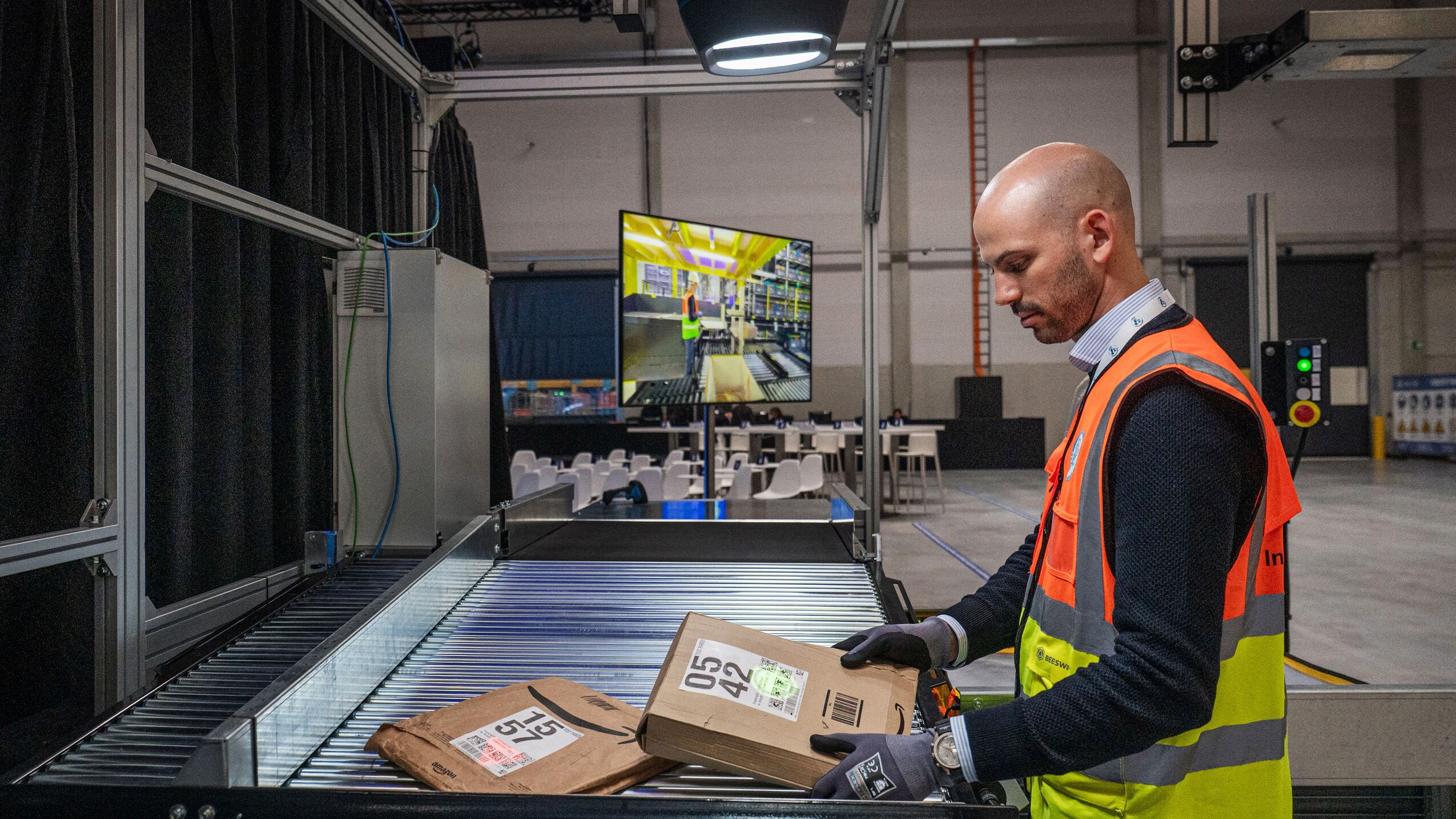
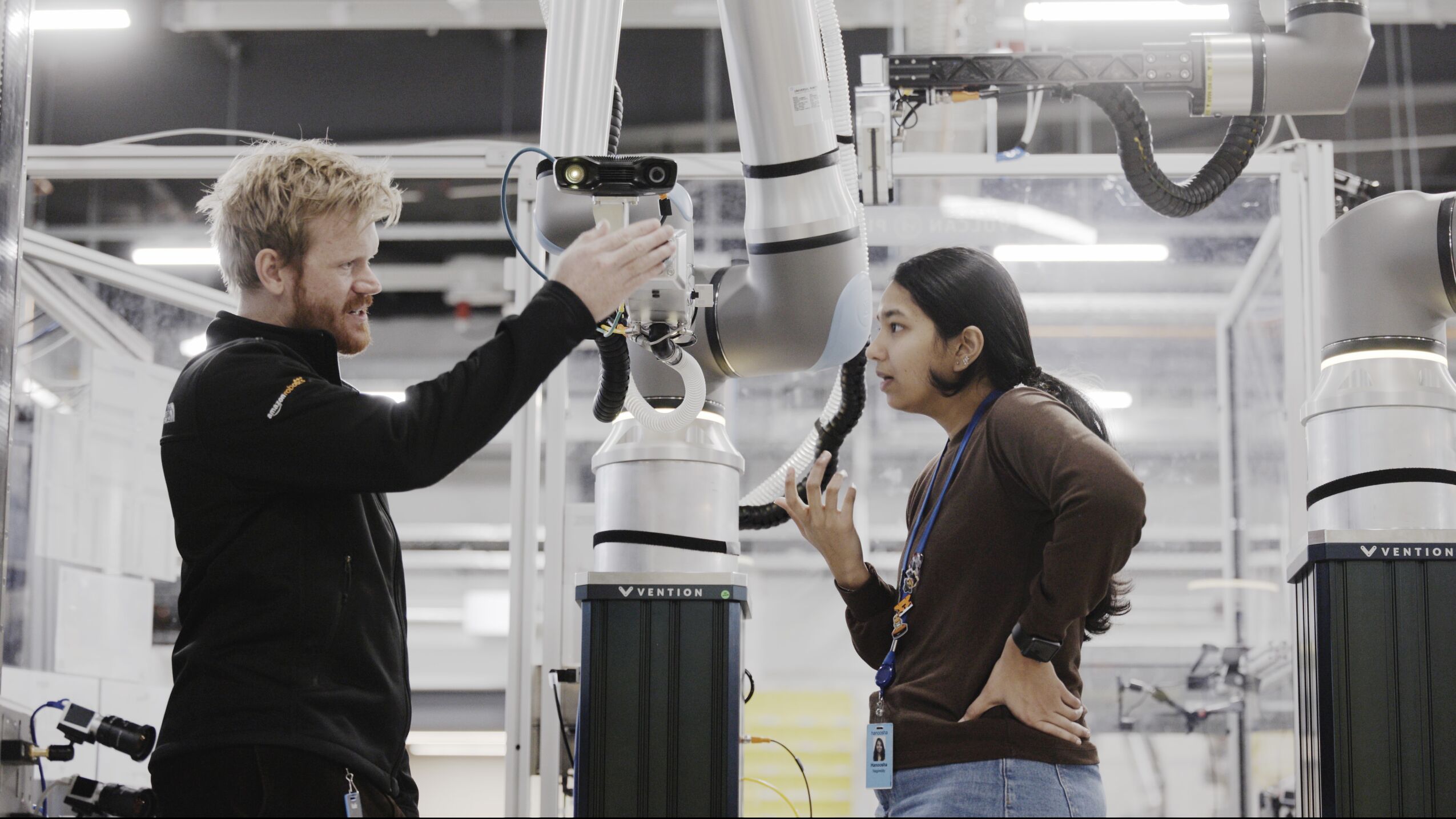 Vulcan represents “a technology that three years ago seemed impossible but is now set to help transform our operations,” says Aaron Parness, Amazon’s director of robotics AI.
Vulcan represents “a technology that three years ago seemed impossible but is now set to help transform our operations,” says Aaron Parness, Amazon’s director of robotics AI.